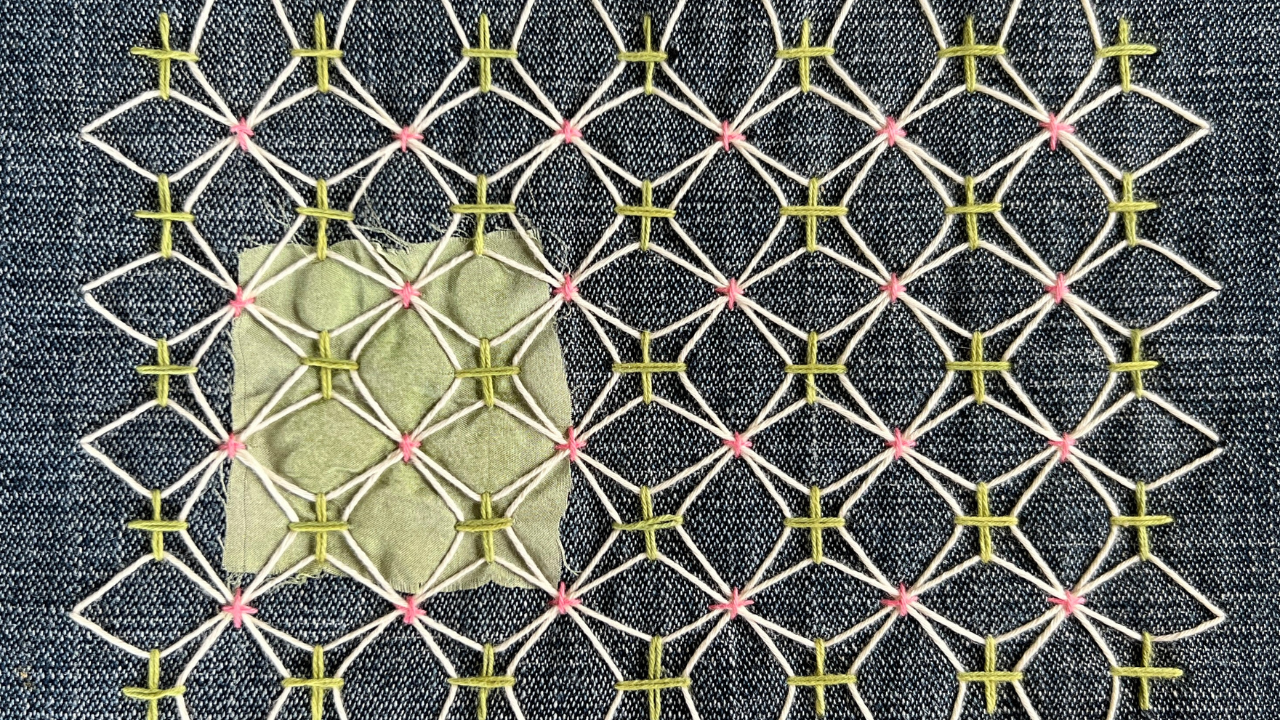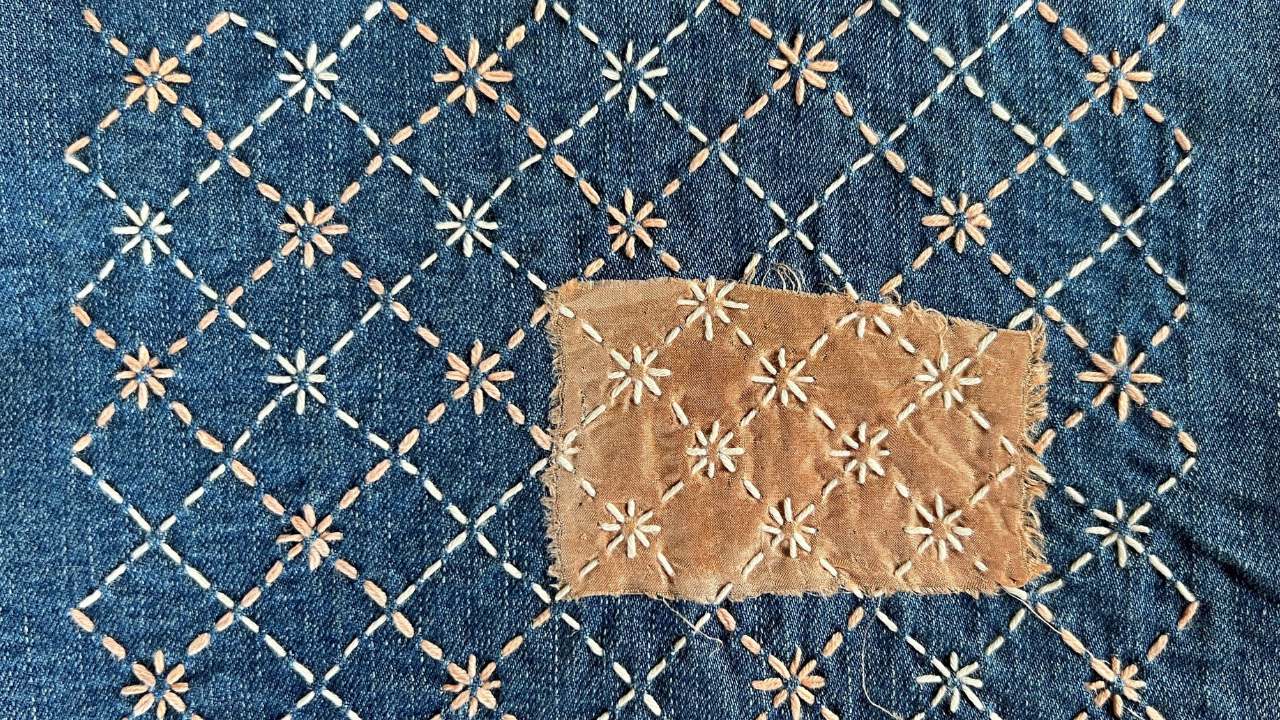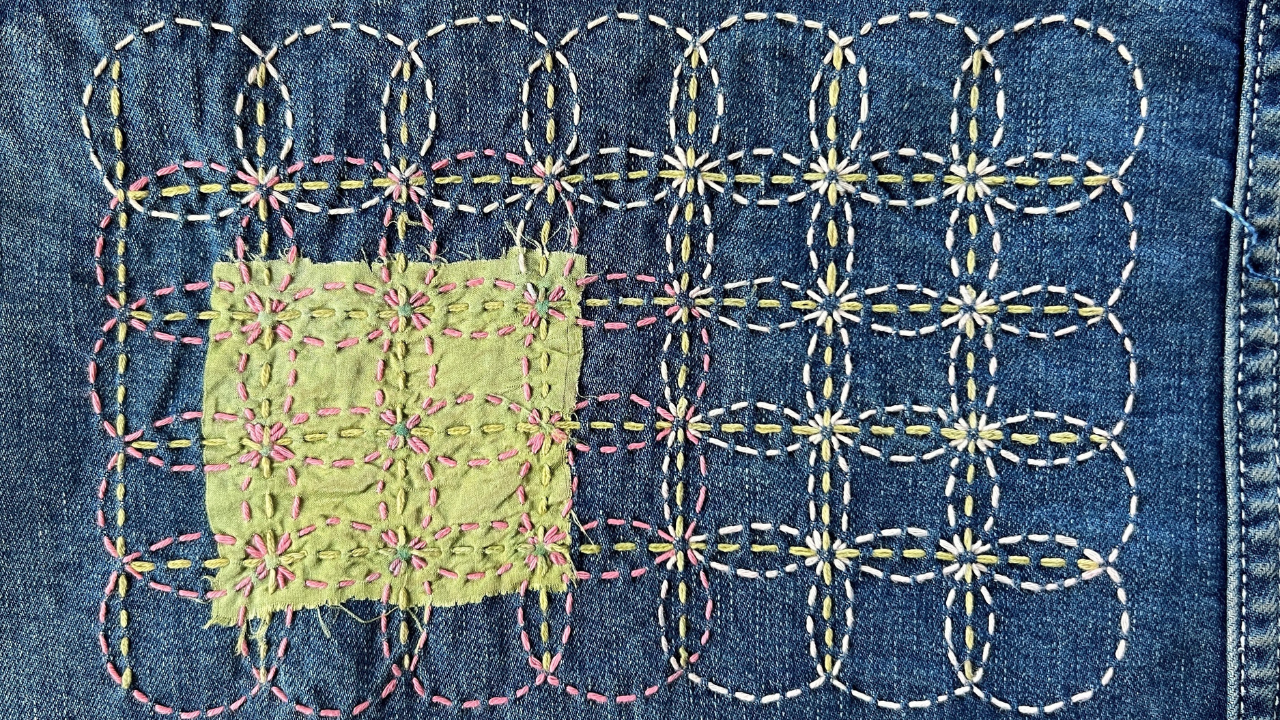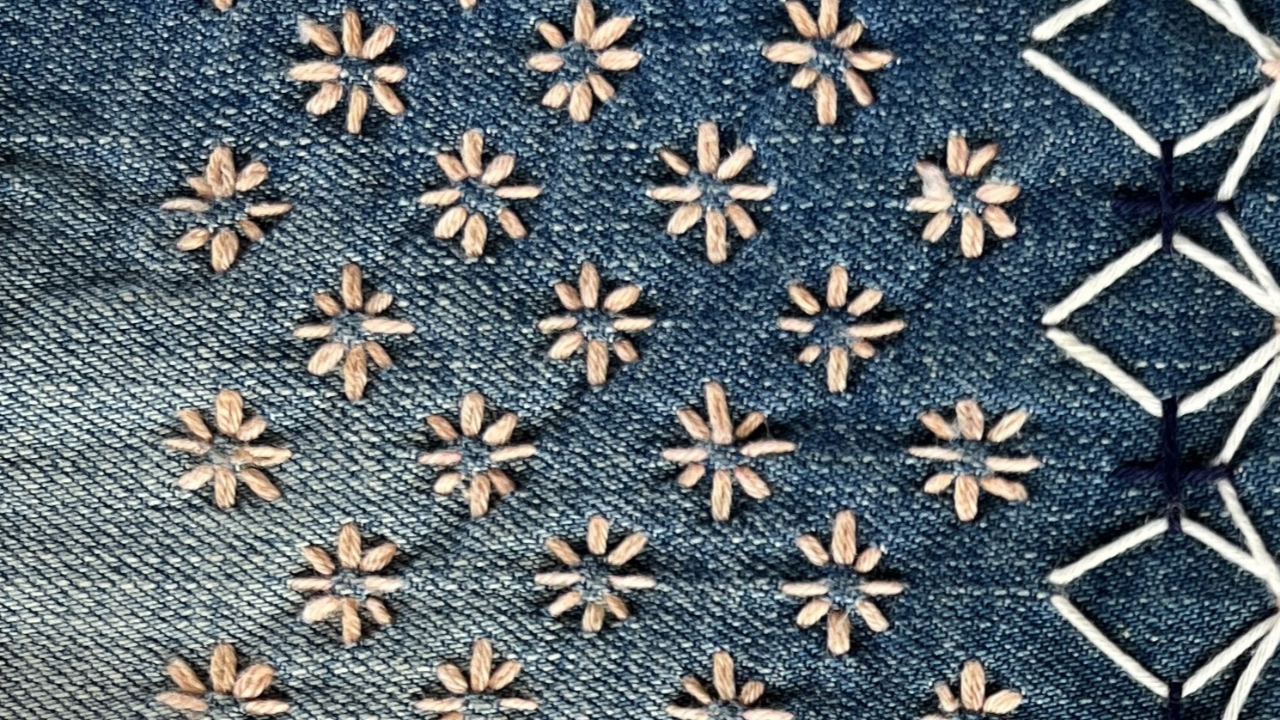Zen Books: A slow stitch summer retreat
Jul 31, 2023
Ali Manning (Vintage Page Designs) and I are super excited to share with you a new project that combines both our passions: book making AND sashiko stitching. The result is Zen Books, a slow stitch summer retreat.
Combining Ali’s book making skills with my sashiko knowledge to bring you a summer full of stitching and bookbinding magic! Its the kind of project where you can immerse yourself for a summer of creativity.
On our journey to creating a beautiful book, we’re going to learn four different sashiko stitches that can be used on your covers, a traditional Japanese bookbinding technique as well as a short introduction on how to solar dye so that you can dye your stitching threads and patches of fabric.
The Stitches
Zen Books is a special course that takes you step by step through the process so that you'll end up with a fabulous book; even if you don’t have sashiko or bookbinding experience.
Inspired by the summer season, Ive selected several sashiko stitches along the theme of flowers and gardens. The wonderful thing is that they are not too complicated or intimidating for a beginner to handle, whilst are beautiful and intriguing enough that experienced stitchers will want to learn them, too.
1. Ajisai-sashi (Hydrangea Stitch)
This stitch is is named for its resemblance to a hydrangea flower, or Ajisai. Hydrangeas are a popular flower in Japan, where both native and introduced varieties of the flower grow. In fact, there are many Hydrangea Festivals that happen around the country in late spring and early summer to celebrate these beautiful blooms!
2. Hana-Goshi (Latticed Flower Stitch)

Can't you just feel the sunshine in this stitch? The aptly named Hana-Goshi, or Latticed Flower Stitch, stitched here in two colours, looks just like little flowers climbing a lattice.
3. Hana-Sashi (Flower Stitch)

You may have noticed that many of these stitches contain the word hana - that's because we've chosen floral stitches, and the word hana translates to flower! This one, Flower Stitch, is actually a variation on another popular stitch, called Linked Seven Treasures, and is super fun to stitch!
4. Hana-komezashi (Rice Flower Stitch)

Hana-komezashi, or Rice Flower Stitch, gets its name because of its similarity to the Kanji character for rice (米). Note the short length of the stitches in this pattern; they also have an interesting connection to rice! In feudal times in Japan, stitches used to embellish clothing for the "lower classes" could not be longer than a grain of rice, making these short stitches very popular.
Now the stitches for our book covers are chosen - how do we bind them?
The Binding
For this project, Ali is teaching us a beautiful, beginner-friendly Japanese Stab Binding technique called Asa-no-ha toji. Asa-no-ha toji translates to Hemp Leaf Binding, and is named this for the pattern's resemblance to hemp leaves.

This binding will compliment your sashiko stitching, plus the patterned sewing makes it extra strong, so your book will last, even though this method doesn't use glue! Compared to some other binding methods, Japanese Stab Binding doesn't take as much time, so this project can feasibly be completed in our six week program.
In addition to the stitching and bookbinding, this course includes some other fun things, like...
- 17 instructional Video Tutorials accessible via Desktop or Mobile App
- Downloadable PDF sheets to refer to whilst creating
- Private Facebook Community for feedback and peer support
- Live Zoom launch and wrap parties
- BONUS solar dyeing tutorials
- Access to all the content we cover for a year
- Private Facebook group to share your progress and get inspiration from others
Click here to learn more or to sign up for this exciting stitching project - we can't wait to get started!

